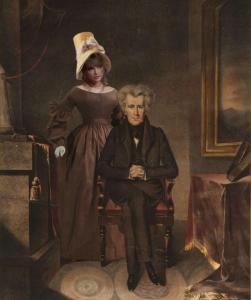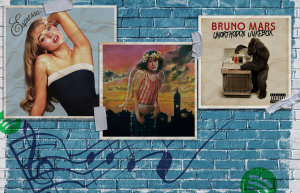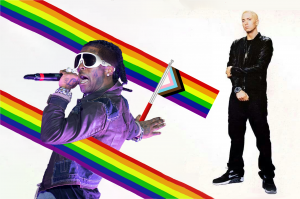Culture doesn’t just appear; it’s birthed, often painfully after hours, days, weeks of labor. It takes focus, dedication and practice.
Personally, I love seeing the sausage get made. I’m obsessed with how TV, music and film are created. Going into the first full dress rehearsal of Bradley University’s production of “Ragtime,” I didn’t know what to expect. I knew a lot of work goes into getting the performances into working order, but I wasn’t exactly sure what I was diving into.
After seeing the performance, I can definitively say that “Ragtime” is the most ambitious production that Bradley Theatre has done since I’ve been here. It has a massive cast, a script that covers a variety of subjects and a minimalist set that’s used to create a variety of locations.
For the most part, it works. There’s a nice brassy style that opens the musical with a fantastic setup and the music slowly morphs to match the changing tones of the production, although it’s stymied by a script that might be too many things to too many people.
“Ragtime” essentially tells the story of three groups, a Caucasian family from New Rochelle, an Eastern European immigrant and his daughter and an African-American ragtime piano player searching for his lost love. Their stories combine in unexpected ways in the first act before exploding in a second act that lets the tension that’s been simmering for the first hour erupt into a rolling boil.
One thing that needs to be noted about the show is that it’s a true musical. The plot of “Ragtime” is almost completely communicated in song. I’m sure this could be a turn off for some people, but the songs work well for the oversized emotions of the show.
Junior Chloe Dzielak plays the matriarch of the unnamed American family and delivers several extremely impressive solos. Junior Cecil Starks-Blutcher plays ragtime pianist with equal parts dignity, honor and wounded pride. His songs communicate many of these feelings alternatively joyfully and with a sense of wounded vengeance.
The great thing about the piece is really the way it can be interpreted. While one viewer may grab a hold of the overt racial overtones of the production, the next person may hold onto the birth of American splendor and culture in a changing landscape, while another may latch onto a story of love, revenge and respect.
This will work for some people, having multiple ways to interpret a dense two-and-a-half-hour play. Others could be turned off by the interlocking characters and the appearances of famous personalities of the time such as Houdini, Booker T. Washington, Emma Goldman and Evelyn Nesbit who contribute and reflect on what’s happening on stage. Ultimately, it’s going to work for some and not for others.
More than anything else, I have to commend everyone involved with the production for being ambitious with a difficult script and doing a great job with it. It’s an entertaining and suitably tense first act followed by a morally grey, very introspective second act. It’s challenging and occasionally heavy handed, but against all that, “Ragtime” comes together impressively well.








